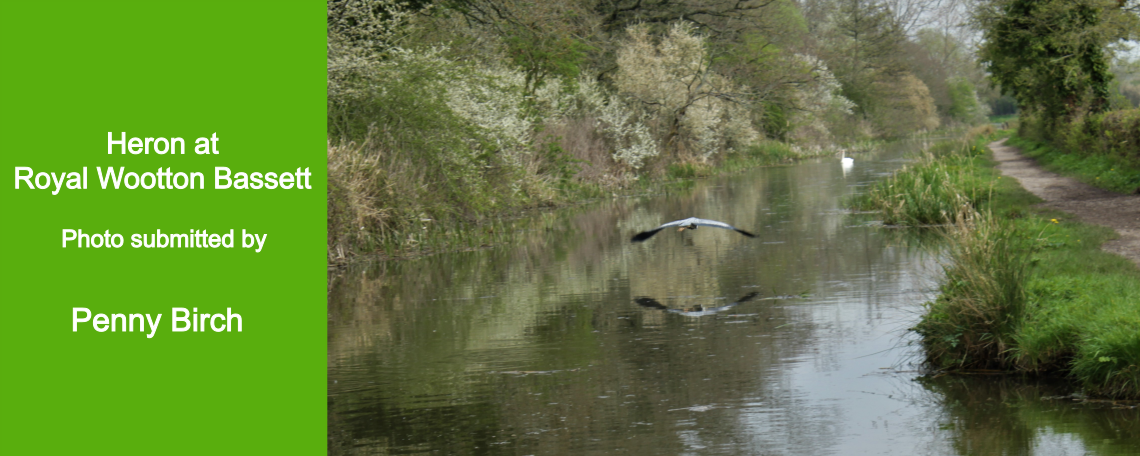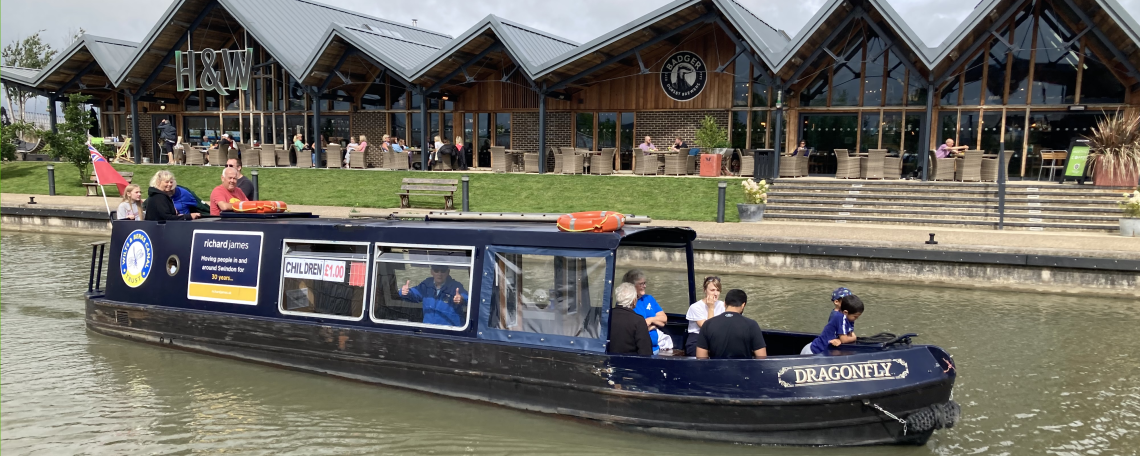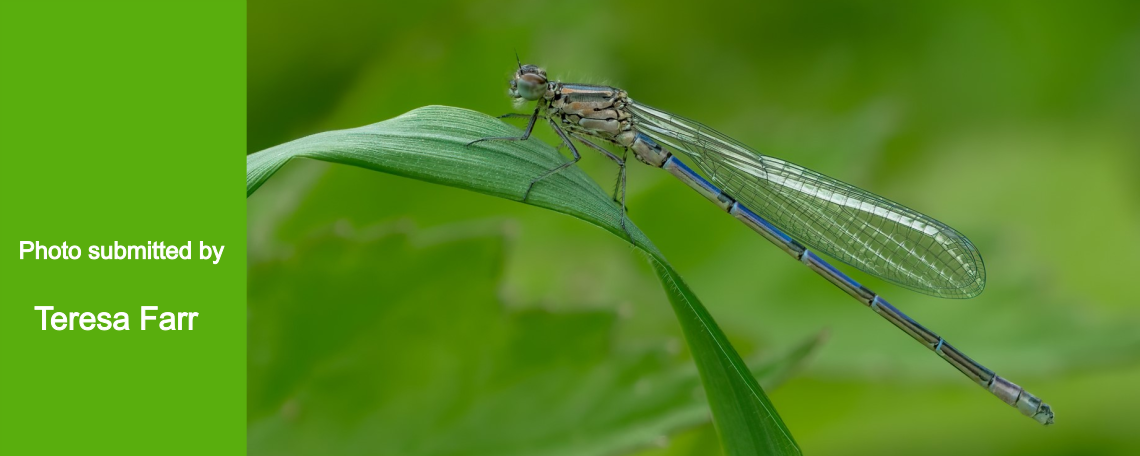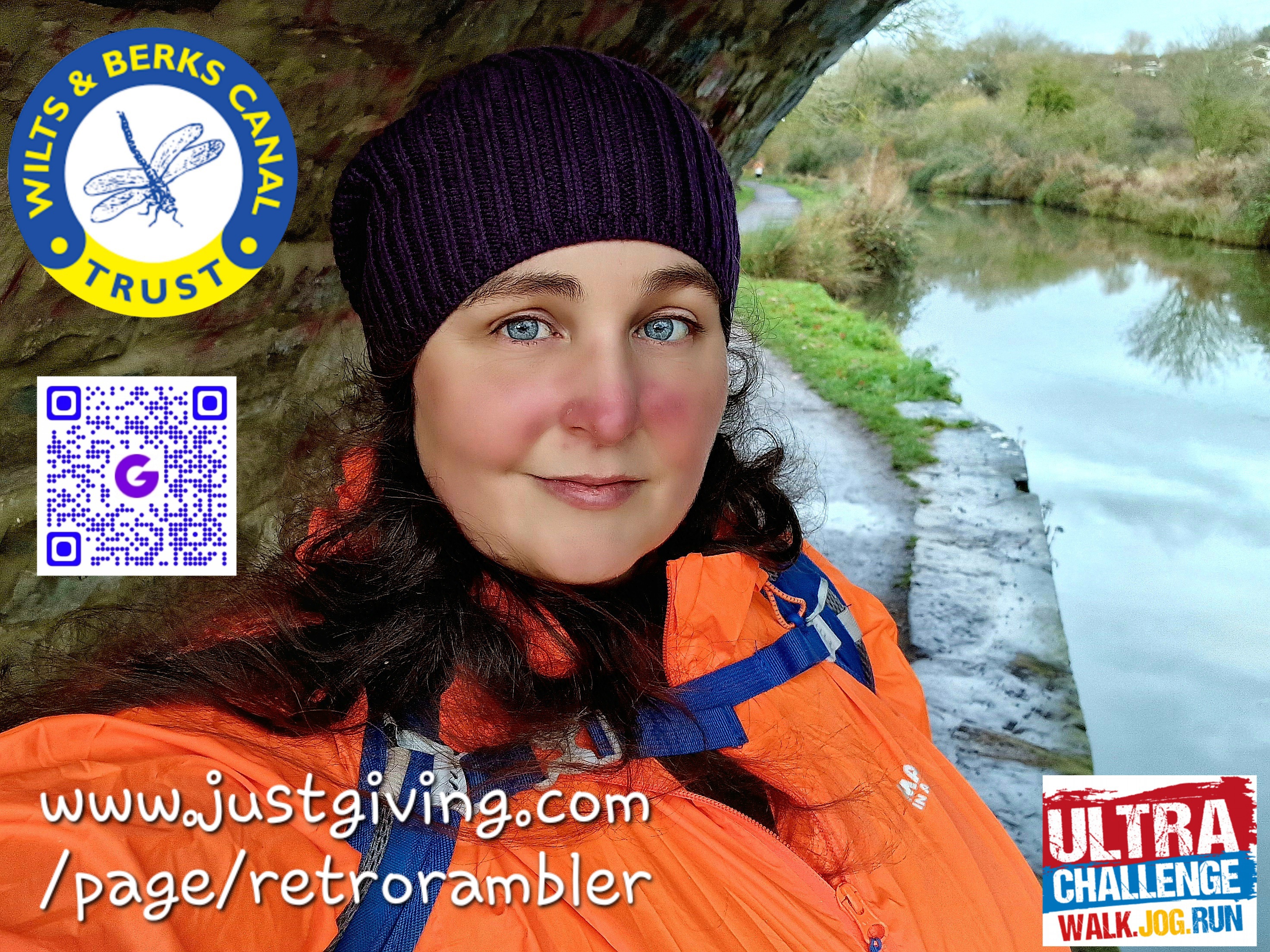Improving the environment and creating a green and blue corridor is one the main objectives in restoring the waterway. Creating wetland habitat for endangered species such as the water vole is very important but just a crucial is making a corridor where species can move from one habitat to another along the margins and hedgerows.
Some people may think that there is a conflict between restoration and wildlife. There doesn't have to be. Many navigable canals have achieved a balance between both. For example, the Kennet and Avon Canal, in parts a stronghold for water voles, the Huddersfield Canal with a sustainable native crayfish population and sections of the Ashby Canal, Grand Union Canal and Chesterfield Canal are nationally notable (and designated as Sites of Special Scientific Interest) due to their diverse plant community.
Restoration can be undertaken whilst preserving and enhancing wildlife; bridges can have bat roosts built in, locks can have crevices for crayfish, banks can be soft to allow water vole burrowing as well as steep in sections to allow kingfisher burrowing. Wide fringes of vegetation not only reduce erosion from boat wash but provide nesting habitat for waterfowl.
The aim of the WBCT includes 'to protect, conserve and improve the route.....for the benefit of the community and the environment'. It is therefore essential that the canal restoration is carried out in a sensitive manner with full knowledge of the habitats and species present to ensure that restoration work preserves and enhances the environment. It is not only an aim of the Trust to do this but it is also a legal requirement as many species found on the canal are protected by UK or European law.
Much of our restoration work requires planning permission which will require consideration of the wildlife present, the likely impact from restoration works, proposals to mitigate the impacts and proposals for environmental enhancement. Wildlife surveys often start with an extended Phase 1 Habitat Survey and desk study. This identifies and maps the habitats present and details any records of protected or important habitats or species nearby. Completion of this survey should provide recommendations for additional more detailed surveys for particular habitats and species. More detailed surveys for water vole or bats may be necessary, for example if the habitat is suitable or there are records of these species using the canal. These surveys often have to be undertaken during a particular season when the animals are active so wildlife surveys have to be programmed in advance of restoration works, but not too far in advance else they go out of date.
The Trust also has general principles and policies which are relevant for all restoration work such as only carrying out vegetation clearance outside of the breeding bird season and phased removal and replacement of mature trees.









